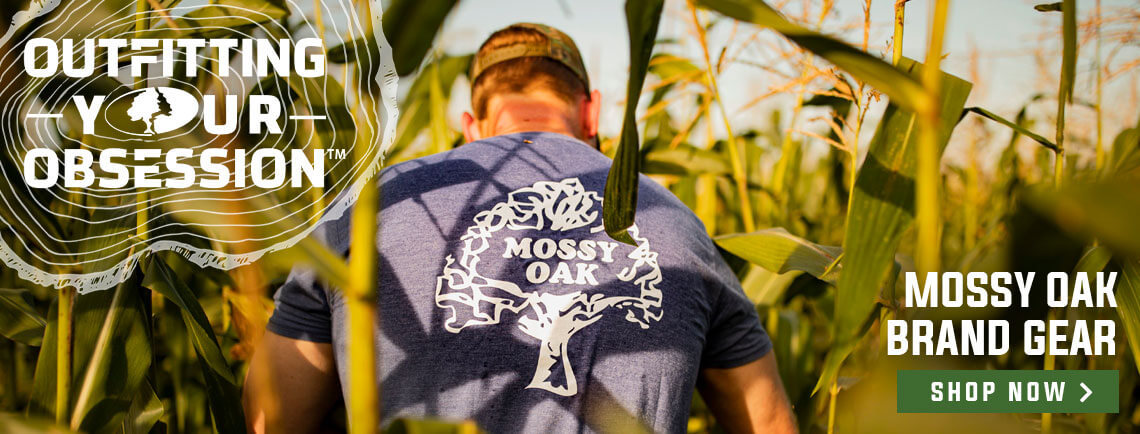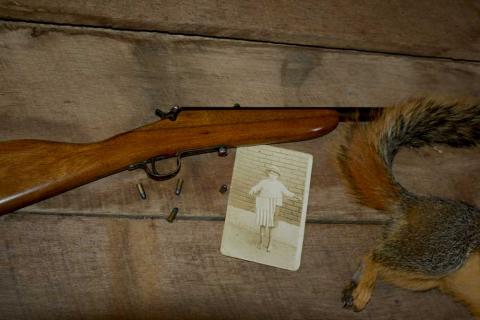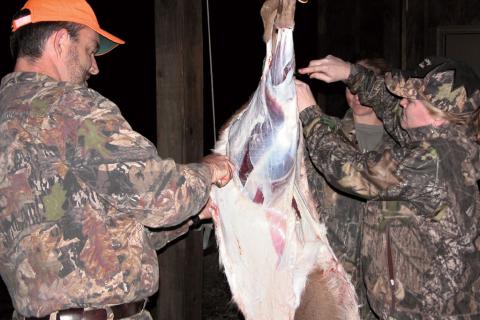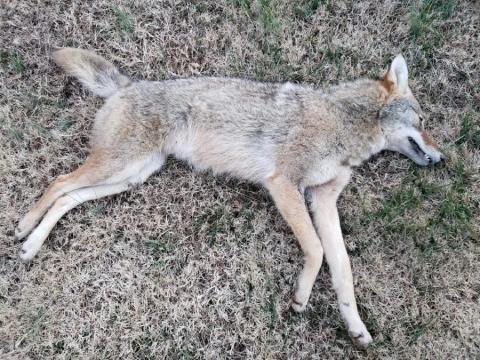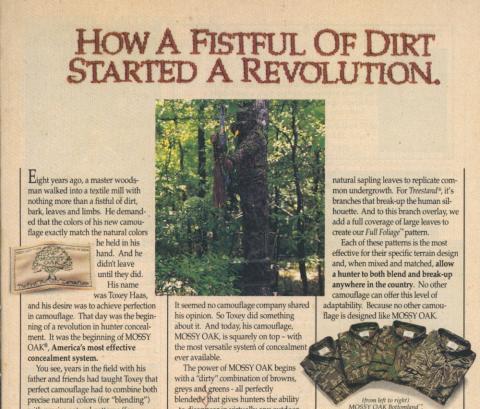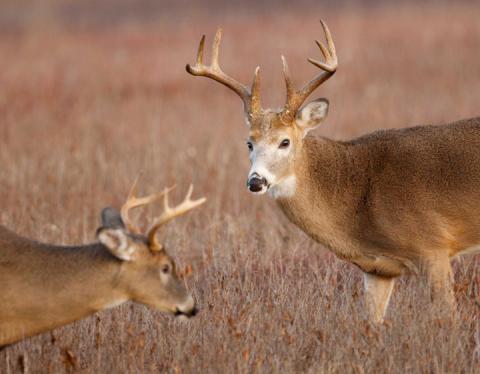Heath Wood
Learn to become a trapper by focusing on smaller ground-nesting predators such as raccoons, skunks, and opossums. Continue learning to trap larger predators such as coyotes, bobcats, and foxes to become a true Gamekeeper.
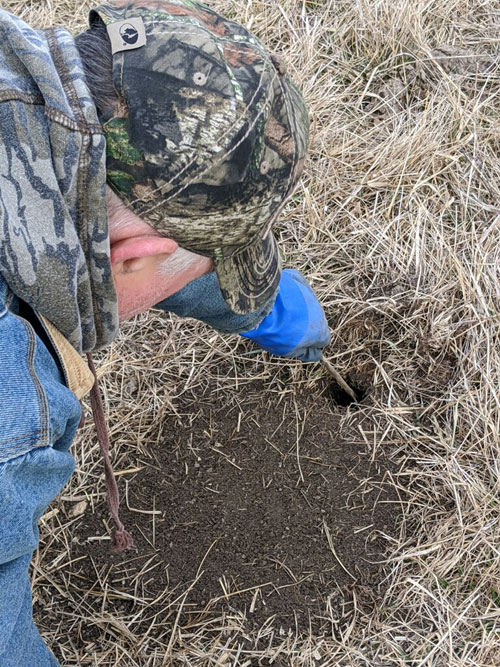
When Missouri native and longtime trapper Tad Brown was eight years old, he and some of his friends found a few traps and began trapping for the first time. From that moment on, Brown was hooked on what many now refer to as a lost art.
“In the heyday of trapping, which was in the late 80s and early 90s, the number of turkeys was higher, and turkey hunting was much better than compared to recent years,” said Brown.
Over the years, the number of trappers has declined drastically due to the decreasing market for fur. With fewer trappers, hunters now realize that this has played a hand in the decline of other wildlife such as wild turkeys and quail.
When I asked Brown about the importance of trapping as hunters, he answered by stating that trapping is the only tool hunters have to control the predator population. When most hunters think of predator control, they assume it only applies to coyotes and bobcats. Brown says that the most critical predators that need to be managed are the ground-nesting predators such as skunks, opossums, and raccoons. When there are not as many trappers or raccoon hunters, those types of animals increase.
Brown commented that he sees the effects when talking with other hunters and witnessing several states conservation agencies make changes to help offset the declining numbers of turkeys. He mentioned states such as Georgia that have recently cut the number of days to hunt during the spring turkey season due to a lower turkey population. Kansas has also made changes by only introducing a one bird limit instead of two in some areas of the state. “In my home state of Missouri, the numbers of turkeys have decreased each year for the past several years,” says Brown. He went on to add that he has heard that the Missouri Department of Conservation has discussed increasing the trapping season and other changes to help increase predator control.
Over the past several years, Brown has tried to keep the tradition of trapping thriving by introducing newcomers, youth, and his nieces and nephews to the sport.
The Dying Art That Shaped America: Target Trapping
“It is an enjoyable sport that I feel we need to keep going,” said Brown. At 61 years old, he still feels the adrenaline and excitement that comes by checking his trap lines each morning. “It’s like Christmas morning, every morning; you never know what you are going to get.”
When teaching youth and adults who want to learn, Brown said everyone must know a few things when starting to trap. First, he says that it is not all fun and games. “All your traps must be checked every day, no matter the weather.” Brown added that traps must be reset often, and finding suitable locations is also vital. To turn work into a fun experience for all, Brown suggested trapping as a team with a friend or letting the youth tag along. By letting others join in on the excitement, everyone can have more fun.
As with many hunters, Brown stated that trappers constantly need to improve their woodsmanship. Encourage others to tune their skills by learning more about the predators, such as finding their tracks, signs and understanding where they live. It is also vital to learn more about the land where the trapping is taking place.
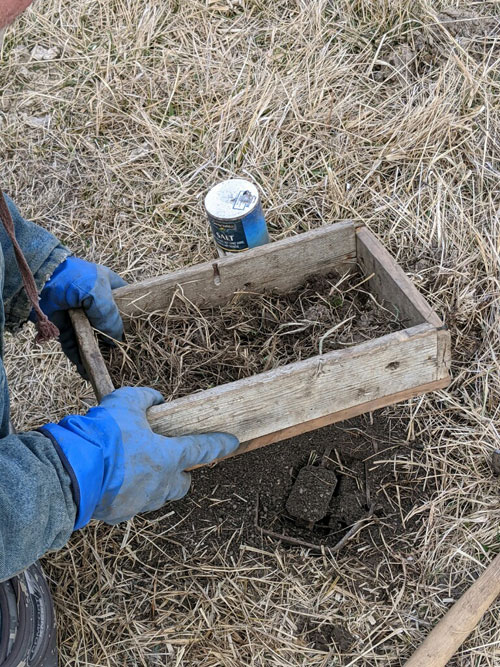
A common type of trap is a foothold trap. Brown said the first thing that needs doing is cleaning the trap. A new trap has a lot of grease on it and needs to be cleaned before being used. Brown cleans the foothold trap with soap and hot water and has even put them in the dishwasher (when his wife wasn’t looking) to help remove all oils before using. After the trap is clean, it is technically ready to use. However, to improve the smoothness and quickness of the trap, Brown dips them in wax to make them operate smoother, protect the metal, make them fire faster, and because the wax will not freeze down as quickly in colder weather. After the trap is clean and dipped in wax, Brown likes to add swivels. Having swivels on the trap helps prevent the trap from tangling and keeps the predator from injuring themselves while trapped.
“When an animal is trying to get out of the trap, they often spin. As trappers, we want to release the animal without harm when not intending to harvest the animal,” said Brown. The foothold trap is one of the most common types of trap. It is used for small and large predators such as coyotes and bobcats. To set a foothold trap, you hide the trap with scent followed by placing sifted dirt, leaves, or grasses on it.
As for learning how to become a trapper, Brown suggests starting with the smaller predators such as opossums and raccoons. Beginners should try dog-proof traps. A dog-proof trap is easy to set up and is ideal for catching predators such as raccoons.
“The dog-proof trap is designed specifically for raccoons,” said Brown. Like a foothold trap, the trap needs cleaning of oil. It can be painted white to help find them. The trap must be anchored with a metal aircraft cable attached to a tree or a solid base to keep it in place when a raccoon is trapped. As for attracting a raccoon to the trap, there are different options. A dog-proof trap is designed with a round tube pushed into the ground. Inside, the hole can be baited with scents or some type of food that raccoons reach in to grab. Brown said he has encountered people who use dry cat food. However, Brown keeps it simple and uses marshmallows and molasses to attract the raccoons to the hole. Again, the traps should be checked daily to see if a raccoon has found the trap.
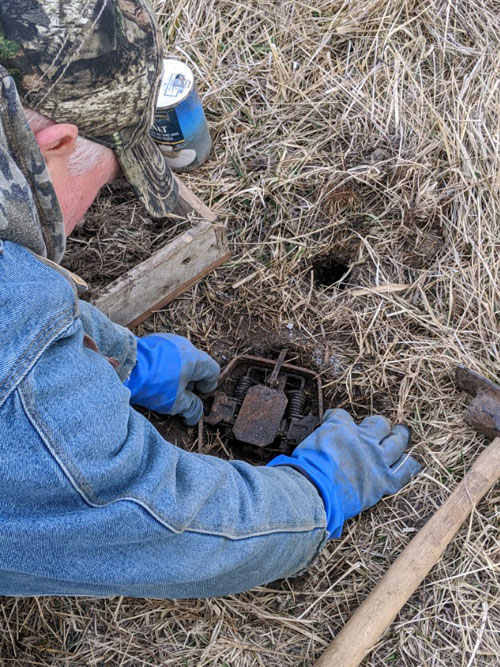
After a beginning trapper has succeeded with smaller predators and traps such as a dog hole trap, they can use different sizes and styles to trap larger predators such as coyotes and bobcats. Brown suggests that to be a better Gamekeeper, conservationist, and hunter, one should learn how to manage predators by trapping, which will increase the number of wildlife that we love to hunt and manage, such as deer, turkeys, and upland birds.

